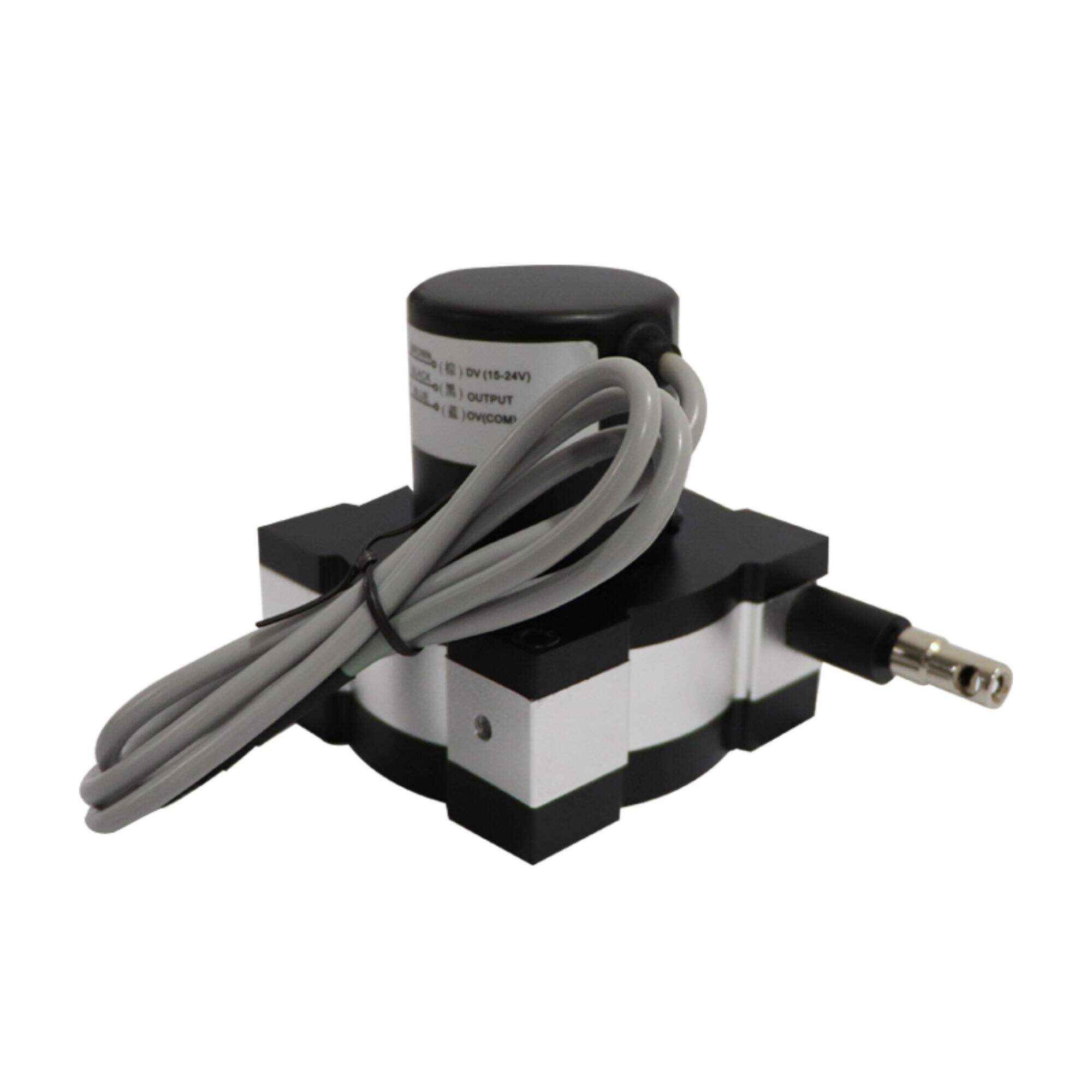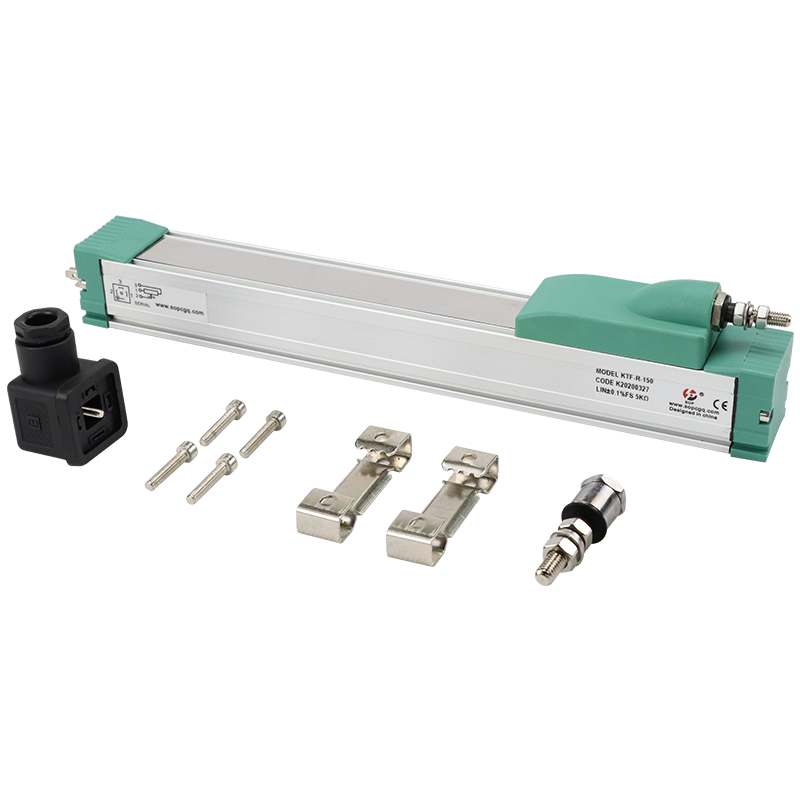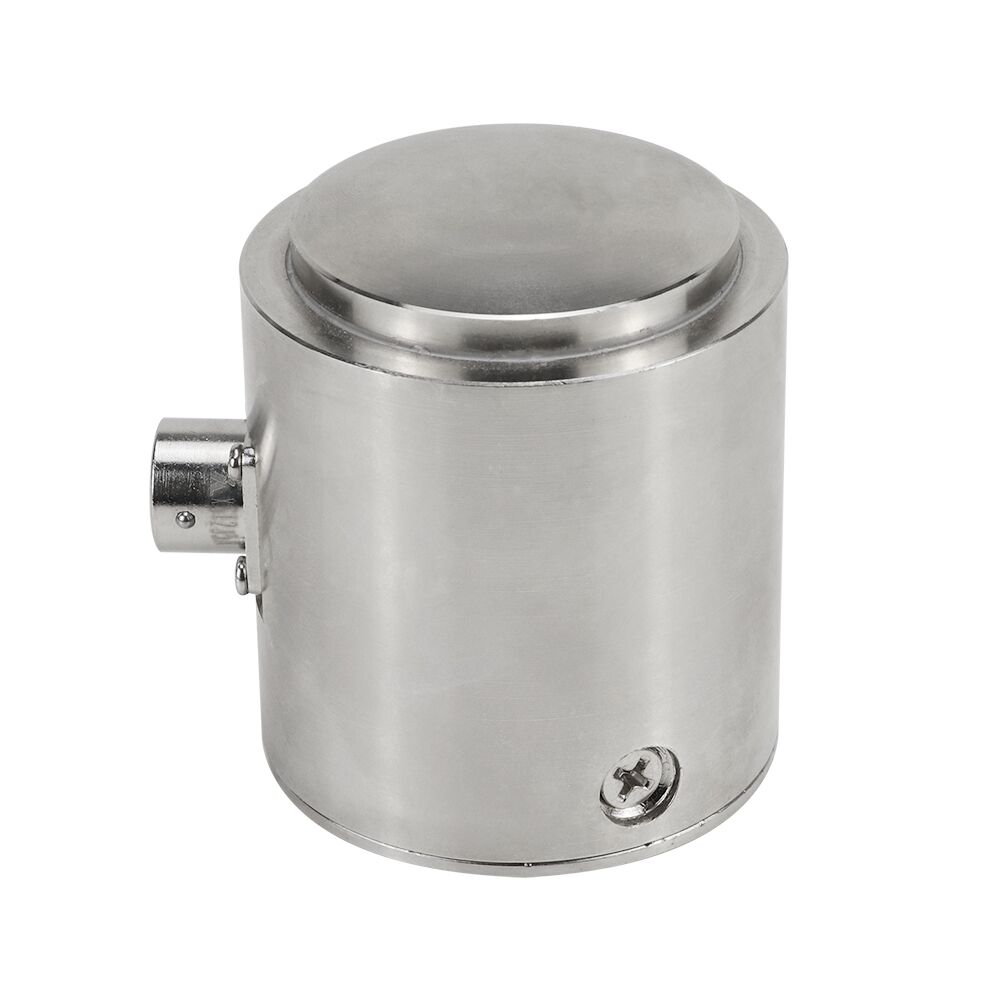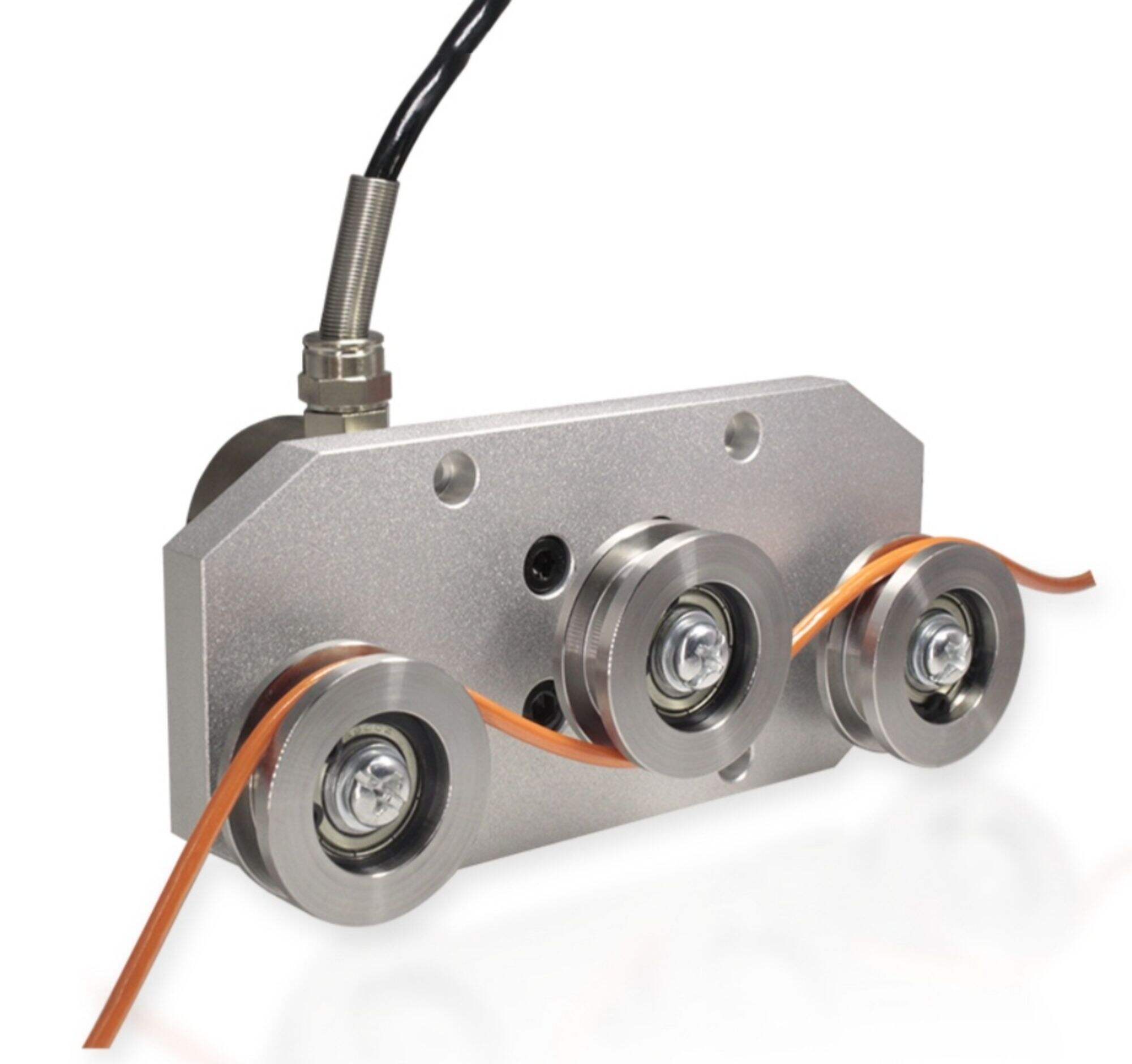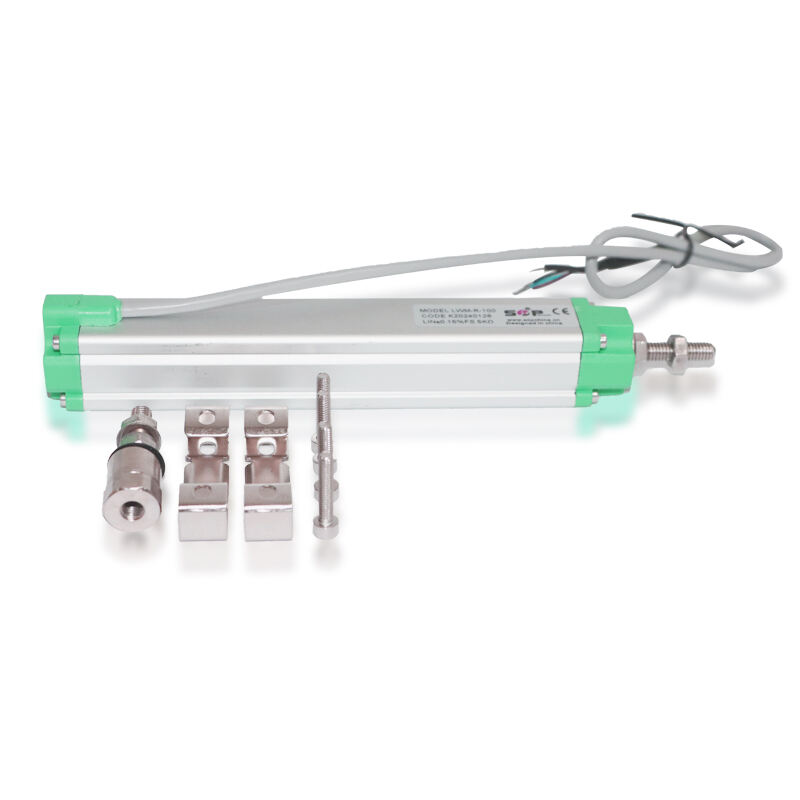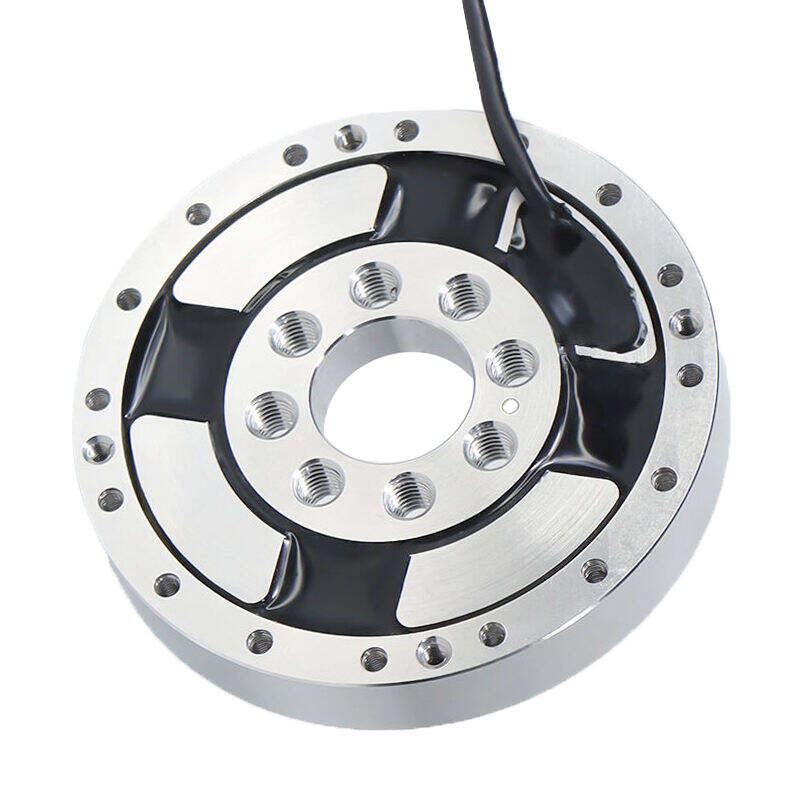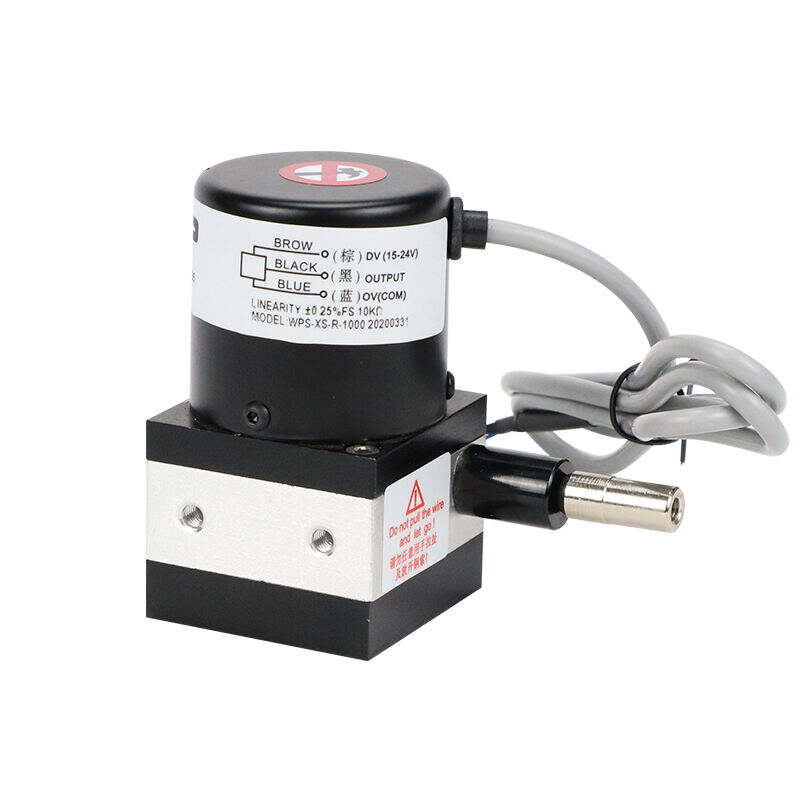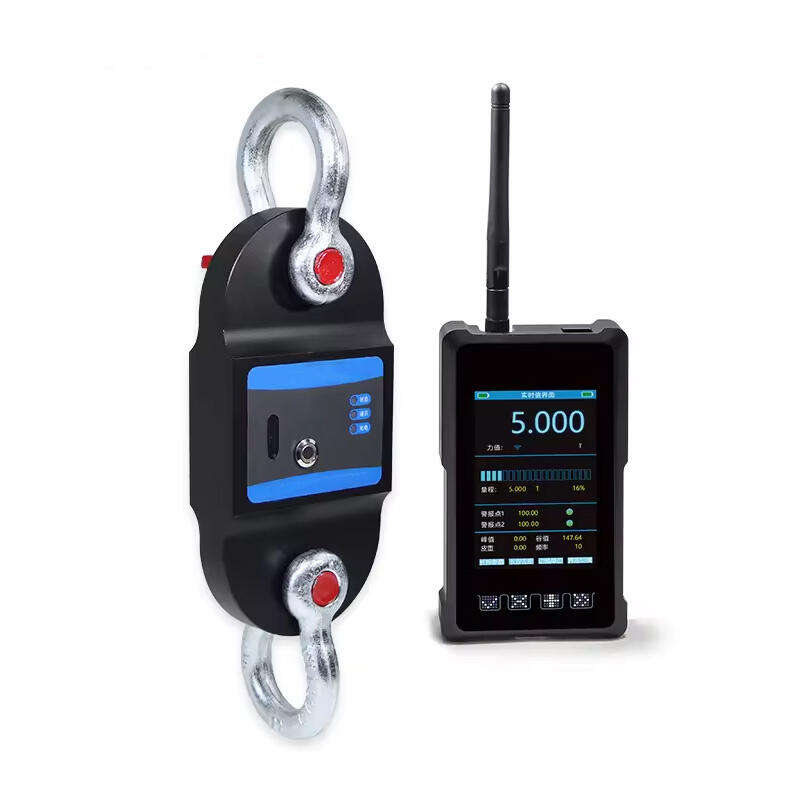linear position sensor price
Linear position sensor pricing reflects the sophisticated technology and versatility these essential measurement devices offer. These sensors, available across various price points ranging from $50 to $500, provide precise position measurement capabilities in numerous industrial applications. The cost variation depends on factors such as measurement range, accuracy level, resolution, and environmental protection ratings. Entry-level sensors typically offer basic position measurement functionality, while mid-range options include enhanced features like digital outputs and improved accuracy. Premium models incorporate advanced features such as programmable measuring ranges, multiple output options, and robust construction for harsh environments. The price also reflects the sensor's durability, with many models designed to perform millions of cycles without degradation. Industrial-grade sensors often command higher prices due to their ability to withstand extreme temperatures, vibration, and contamination. The investment in quality linear position sensors ultimately translates to improved process control, reduced downtime, and enhanced operational efficiency. When considering the total cost of ownership, factors such as installation requirements, maintenance needs, and long-term reliability significantly impact the overall value proposition of these essential measurement tools.

